Humans have been bowhunting for thousands of years and, if the current popularity of the sport is anything to go by, will still be bowhunting for many years to come.
For the most part, bowhunting is safe. However, accidents do occur. It’s interesting to note that most bowhunting accidents are self-inflicted and generally come about because the hunter has not followed simple safety practices.
Just as there are basic safety rules for firearms, you need to follow basic safety and ethic principles to ensure bowhunting remains a safe sport. You also need to ensure you have all the correct equipment.
Here’s 9 basic safety principles for bowhunters.
1. Never dry fire a bow
The term ‘dry fire’ is used for when someone draws back and releases a bow string without having an arrow nocked.
It is definitely one of the cardinal sins of bowhunting, but why is it so bad?
Let’s first look at what happens when you draw and release an arrow.
When you pull back the string of your bow, you are loading the limbs of your bow with a great deal of energy. This is essentially the force behind your arrow.
When an arrow is nocked and then released, the energy from the engaged limbs is transferred through the bowstring and to the arrow, which thrusts the arrow forward and into the animal or target.
When you release the string without transferring the majority of that energy to the arrow, the energy instead reverberates back through the bow string and to the limbs. These powerful vibrations can crack the bow limbs, or fracture the cams and other parts of your bow. What is likely to happen is an explosion of bow parts flying at speed in every direction.
Beyond causing expensive damage to your equipment, those flying parts can become dangerous missiles capable of harming you and anyone close by.
It seems like a fairly basic commandment, right? But most dry-fires are not deliberate. They’re accidental. The string slips. People sneeze as they’re about to take a shot or they are so caught up in the excitement of the hunt that they forget to nock an arrow.
YouTube has plenty of videos of people talking about the damage caused to their bows by dry firing. Learn from their mistakes and don’t make the same yourself.
You can get a similar ‘dry fire’ result if you use arrows that are too light for your poundage. Which leads us to point 2…
2. Match your arrows to your draw weight
When it comes to safe bowhunting, you can’t just head down to the archery store and grab the first set of arrows you see on the shelf. Arrows need to be matched to the bow, your draw weight and your draw length.
They need to be matched to your draw length and they also need to have the correct spine. The spine is essentially how stiff the arrow is. If the combination of your arrow length, spine and draw weight is incorrect, it will affect your accuracy at the very least and could cause a similar result as dry firing, like we mentioned above.
Matching your arrows to your specific set up ensures that the energy generated by drawing your bow string is effectively transferred through to the arrow rather than back into the bow limbs causing damage and possible injury.
Always check the manufacturer’s measurement tables, or if in doubt, speak to an expert.
A well matched arrow will fly accurately and give you a much better chance of successfully hitting your target.

3. Know your target and what is beyond it
Whether you are hunting with a rifle, or with a bow, it is absolutely vital that you only shoot at targets that you have positively identified.
When bowhunting, you also need to pay careful attention to the range and position of the animal. Even a few yards outside your effective range could result in the arrow dropping low, or only injuring the animal.
Make sure your bow is properly sighted in.
If you are using a rangefinder, you need to make sure that you are ranging the proper target and not catching anything in front of it (e.g. a bush or branch). Tash found this out the hard way in Episode 3 – Bowhunting Sucks.
It’s also important to pay careful attention to what is beyond your target.
Unlike rifle hunting, where a loud noise alerts anyone in the area to your presence, bowhunting is a virtually silent sport. That means others may be unaware of your presence and will need you to be even more vigilant about what and where you are shooting.
4. Respect the broadhead
Bowhunting big game requires a broadhead tip on your arrow. A broadhead is razor sharp as it is designed to slice through fur, skin and muscle to cause a fatal injury to the animal.
It can and will do the same to you or others around you if you don’t give it the respect and care it deserves.
Just like a firearm, never point a loaded bow at a person or animal that you do not intend to shoot.
But respecting your broadhead goes beyond just the act of drawing and releasing the arrow.
Cover your quiver, which will prevent you from cutting yourself when you reach for an arrow.
Take extra care when cleaning or sharpening your broadheads, as it is really simple (we have personal experience here) to cut yourself doing a fairly routine task.

5. Never nock until you are ready to shoot
Just as we believe you should not walk around with a loaded firearm, we also believe you should never nock an arrow until you are ready to shoot.
6. Keep your equipment in good, working order
You pay a lot of money for your equipment, so it makes sense (or is that cents) to keep it in good, working order and protect your investment. However, it’s not just money that should be your motivator. Faulty or poorly maintained equipment is more susceptible to breakages, which could result in you injuring either yourself or someone close by.
Always check both your bow and your arrows and broadheads before and after a hunt. Never use arrows that are bent, cracked or damaged. Keep your broadheads clean and sharp. If they have been used to kill an animal before, double and triple check for any remaining tissue or blood, which could change the path of your arrow. Keep your strings and cams lubricated and clean so that you can rely on them to perform as designed.
7. Know your limitations
The world often tells us to get out of our comfort zone and push ourselves to the limit. But when it comes to bowhunting, which is challenging enough, it is far more important to know your limits and stay within them.
Firstly, know the limits of your equipment. What is the poundage of your bow, and what does that mean your maximum shot distance will be? This also goes for your target game – the bigger the animal (or the tougher the skin), the higher the poundage and/or the closer you need to be to make an ethical shot.
Next, know your own physical limits. Do you tend to get buck fever? Do your arms get tired when drawing back for an extended period of time? If it’s cold, do you tend to shake more? Can you shoot from your knees as well as from a standing position? How accurate is your shot placement and groupings? You need to take all of these things into consideration before you take the shot.

8. Be fit. Be healthy. Be prepared.
While most forms of hunting require a moderate level of fitness, unlike rifle hunting, bowhunting requires a certain amount of physical strength to actually pull the string back and release the arrow. And that physical strength means you need to pay attention to your muscle fitness.
What exercises can you be doing in the lead up to a hunt to ensure your muscles are strong enough to handle the poundage of your bow? Are there exercises you could be doing to increase the duration that you can hold your bow at full draw, so that you are less susceptible to muscle fatigue?
Sometimes bowhunting might require you to move from a kneeling position to a standing position in one fluid movement. As we get older, those movements become harder. It might be something you want to practice at home, well before you get out in the field.
Being hunt fit also means paying attention to the types of terrain you will be hunting in. If you are heading into a mountainous region, how is your aerobic fitness?
Make sure you have adequate clothing and equipment for the weather conditions. You’re going to be hard pressed to successfully bowhunt if your body is shivering and shaking from the cold, or you’ve got sweat dripping into your eyes.
And while it should go without saying, NEVER mix bowhunting (or any other hunting for that matter) with alcohol or drugs.
9. Practice perfectly
Every hunter should spend time practicing before they go hunting but while rifle hunters can probably wing it, if you are not constantly practicing your bowhunting techniques, you are far more likely to fail – or worse, injure an animal (or yourself).
Don’t just spend time shooting at a static target at a level range. Try to recreate the scenarios you will be bowhunting in and practice those.
Replace your static, square target with a 3-D target of the species you will be hunting, so that you can pinpoint the exact spot you will need to hit to get a successful kill shot. (TIP: I Am Hunter members can get 10% off 3-D targets through Mansfield hunting – see below for the code).
Will you be shooting from a tree stand? You will need to practice shooting from a sitting position on a downward angle.
Will you be shooting from a blind? Practice shooting with low lighting – and maybe even simulate shooting after sitting still for long periods of time.
Will you be shooting from your knees, or from a standing position?
Do you need to work on your stalking skills to get closer, more quietly?
If you are going to be bowhunting in the dead of winter, in full cold weather gear, know if that is going to affect your accuracy and movement. Do you wear a face mask while hunting – practice with it on.
The key to perfect practice is to mimic, as much as you can, how you will be bowhunting out in the field. A little time now can save you a hell of a lot of grief when you finally have that dream animal in front of you
Don't forget!
I Am Hunter members get up to 30% off purchases through our brand partners using the discount codes in the Trophy Room.
Get 30% off NAP Archery Broadheads, fletches and archery accessories, and 10% off any purchase at Mansfield Hunting and Fishing, including their archery products.
What is I Am Hunter?
I Am Hunter wants to change the way hunting is perceived and to change the conversation from a negative one driven by anti-hunters to a positive one led by hunters.
Our goal is to help hunters become positive role models and ambassadors for hunting, while simultaneously helping non-hunters understand why hunting is important.
You can become a supporter and help us achieve our goal and spread a positive message about hunting with the wider community.
Related content
Our other channels
Follow us on Facebook
Follow us on Instagram
YouTube
Subscribe to our YouTube channel.
Get our newsletter
Get our free monthly newsletter direct to your inbox
Listen on iTunes
Listen to our podcast on iTunes.
TV series
Watch I Am Hunter episodes on My Outdoor TV (MOTV)
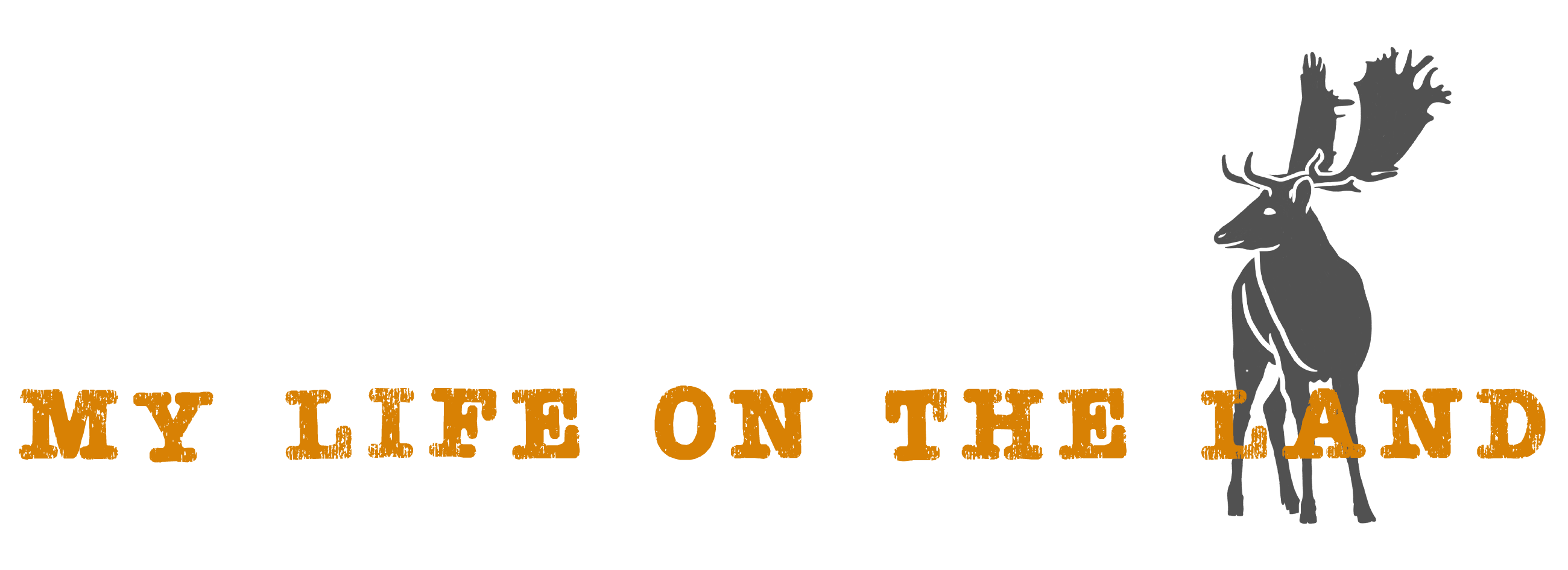
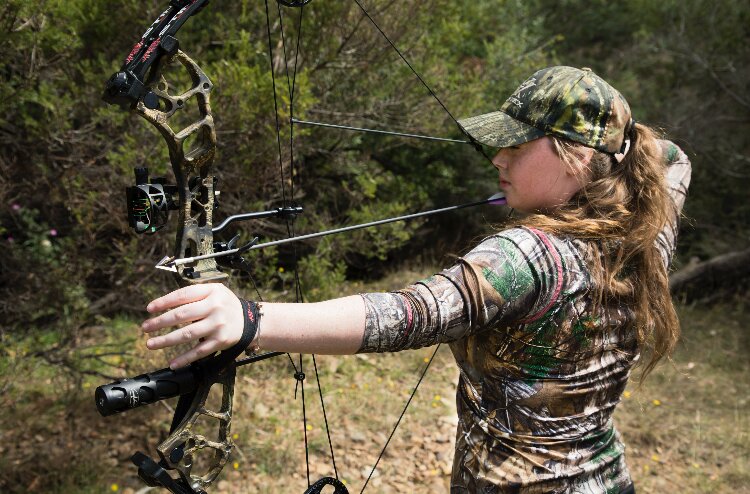
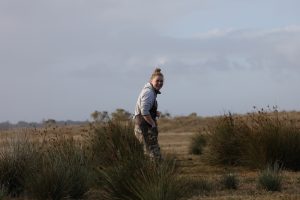
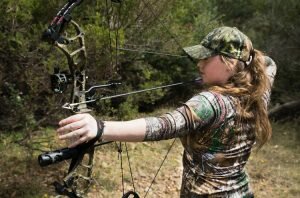
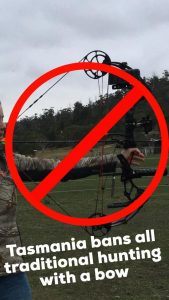
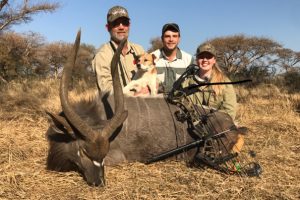
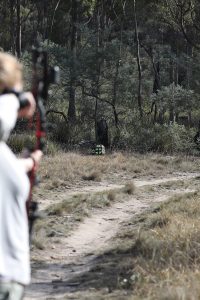
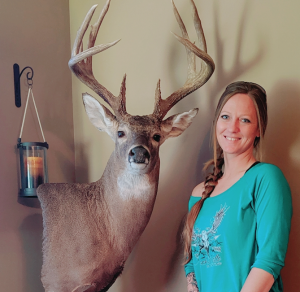
One thought on “9 basic safety principles for bowhunting”